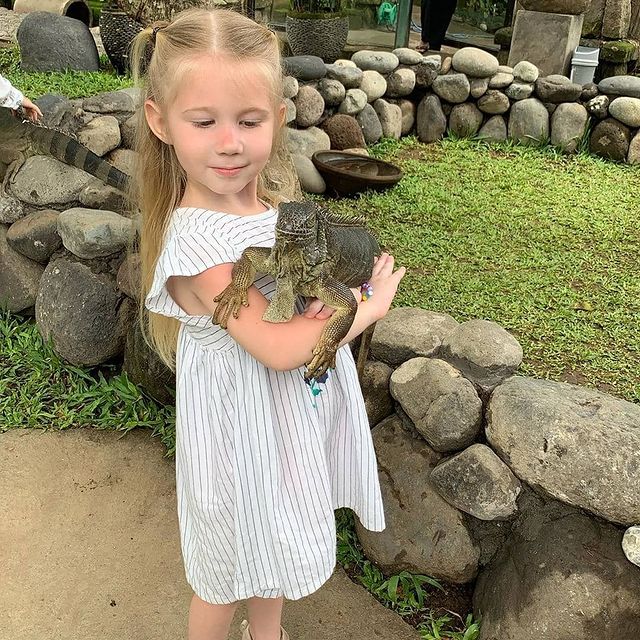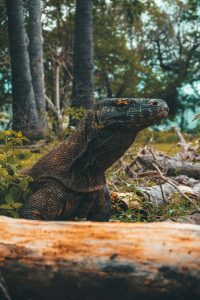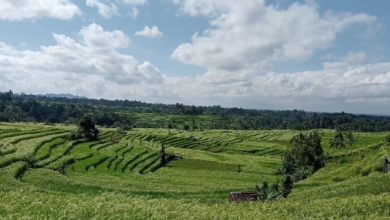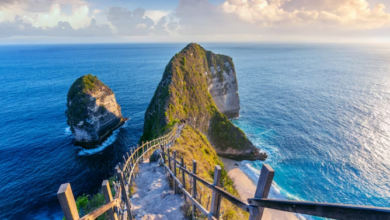
Reptiles in Bali
Table of Contents
Visa4Bali.com – Reptiles in Bali
As an avid nature enthusiast, my recent exploration of Bali led me to an enchanting world of diverse wildlife. One aspect that particularly fascinated me was the incredible array of reptiles found on this beautiful island. In this guide, I will share my personal encounters and insights into the fascinating reptile kingdom of Bali, all based on reputable sources and firsthand experiences.
Bali’s Reptilian Wonders

Bali, renowned for its picturesque beaches and vibrant culture, is also a haven for reptile enthusiasts. The island is home to a captivating variety of reptiles, ranging from snakes and lizards to turtles and crocodiles. These creatures are an integral part of Bali’s ecosystem and contribute to its rich biodiversity.
Reptiles in Bali can be found in various habitats, including forests, rice fields, and coastal areas. Their adaptations to these diverse environments showcase the resilience and adaptability of these ancient creatures. Now, let’s dive into the mesmerizing world of Bali’s reptiles!
The Snakes of Bali
Bali Python (Pythonus kraitus baliensis)
The Bali Python, a subspecies of the reticulated python, is a magnificent creature known for its large size and mesmerizing pattern. This snake, endemic to Bali, is primarily found in the island’s forests and grasslands. Encountering a Bali Python is a rare treat, as they are elusive and usually hide during the day.
Fascinating Facts:
- Bali Pythons can grow up to 6 meters in length.
- They are non-venomous and rely on constriction to subdue their prey.
- Unfortunately, habitat loss and illegal pet trade threaten the Bali Python population.
Source: IUCN Red List – Bali Python
The Banded Krait (Bungarus fasciatus)
The Banded Krait, a venomous snake species, is found in various parts of Southeast Asia, including Bali. This snake is known for its distinctive black-and-white banded pattern, making it easily recognizable. Despite its venomous nature, the Banded Krait is generally shy and prefers to avoid human encounters.
Fascinating Facts:
- The Banded Krait possesses a highly potent neurotoxin.
- It is primarily nocturnal, seeking out prey like other snakes, lizards, and small mammals.
- Conservation efforts are crucial to safeguard this species due to habitat loss and human encroachment.
Source: Herpetological Conservation International
Lizards, Dragons, and Geckos !
Komodo Dragon (Varanus komodoensis)

The Komodo Dragon, although not native to Bali, is an iconic reptile of Indonesia. Bali serves as a gateway to Komodo Island, the natural habitat of these massive reptiles. A visit to Komodo Island offers a chance to witness the world’s largest lizard in its natural environment, showcasing the biodiversity of Indonesia.
Fascinating Facts:
- Komodo Dragons can reach lengths of over 3 meters and weigh up to 70 kilograms.
- They possess a keen sense of smell and are formidable predators.
- Conservation efforts are vital to protect their habitat and ensure their survival.
Source: National Geographic – Komodo Dragons
Tokay Gecko (Gekko gecko)
The Tokay Gecko, with its vibrant colors and distinctive calls, is a common sight in Bali. These geckos are known for their loud “tokay” calls that echo through the night. Despite being a familiar presence, observing a Tokay Gecko up close is an enchanting experience.
Fascinating Facts:
- Tokay Geckos have a striking blue or gray body with bright orange spots.
- They are nocturnal and primarily feed on insects and small invertebrates.
- Tokay Geckos are a symbol of good luck and often kept as pets.
Source: IUCN Red List – Tokay Gecko
Conservation Efforts and Responsible Tourism
Exploring the realm of Bali’s reptiles comes with a responsibility to preserve their habitats and ensure their survival for future generations. Here are some ways we can contribute to the conservation of Bali’s reptilian wonders:
- Support Conservation Initiatives: Contribute to reputable conservation organizations working to protect Bali’s wildlife, including its reptiles.
- Responsible Wildlife Tourism: Choose ethical and responsible wildlife tourism operators who prioritize animal welfare and conservation.
- Educational Programs: Participate in educational programs that raise awareness about the importance of reptile conservation and sustainable practices.
- Respect Wildlife and Habitat: When encountering reptiles in the wild, maintain a safe distance, avoid disturbing them, and refrain from any harmful actions that may jeopardize their well-being.
Bali’s reptiles are an integral part of the island’s natural beauty and biodiversity. By approaching them with respect and admiration, we can foster a harmonious relationship with the incredible wildlife that calls this magical island home.
The Best Visa Agency in Bali – www.visa4bali.com
Experienced specialists managing the entire application process from start to finish !





